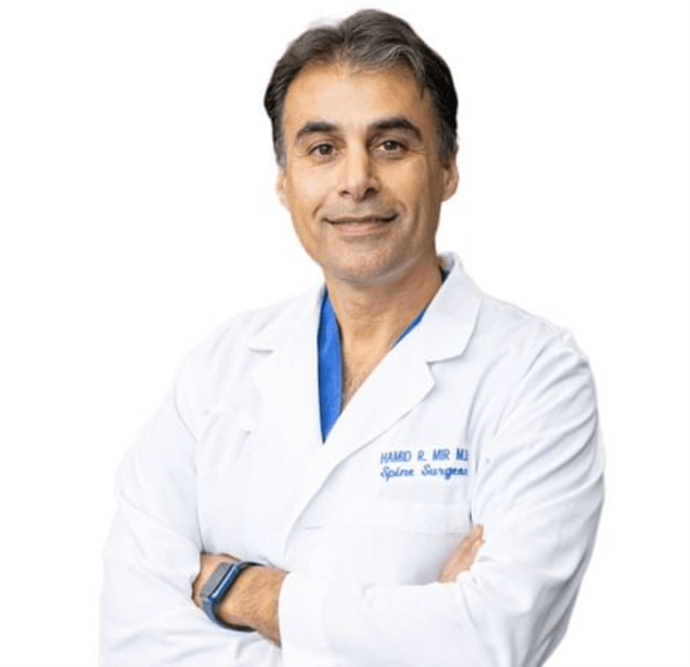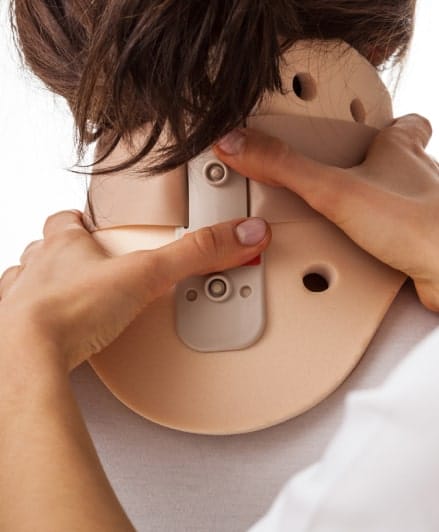
Meet
Dr. Hamid R. Mir M.D.
Orthopedic Spine Surgeon & Back, Spine, & Neck Specialist
Dr Hamid Mir is a board certified orthopedic spine surgeon & back, spine, & neck specialist with fellowship training in combined neurosurgery and orthopedic spine surgery. He has offices in Orange County, Los Angeles & Riverside. Dr Mir specializes in spinal fusion, lumbar surgery and treating trauma as well as other conditions affecting the lumbar, thoracic, and cervical spine including degenerative diseases, stenosis, fracture, infection, adult scoliosis, revision, and complex reconstructions.











